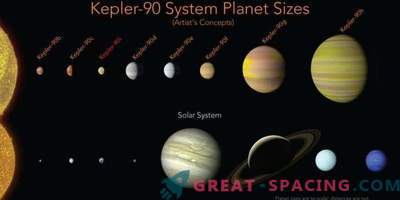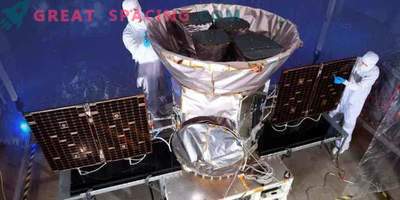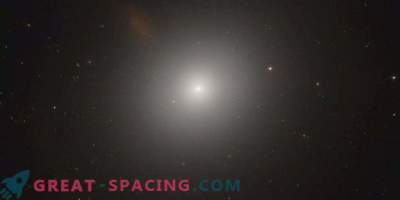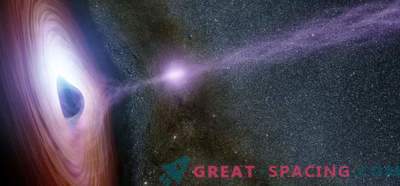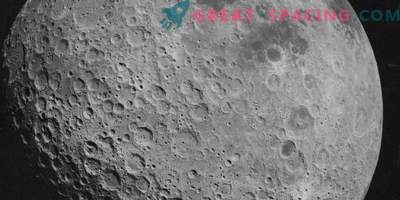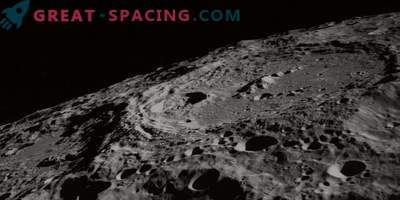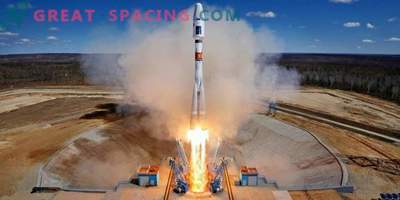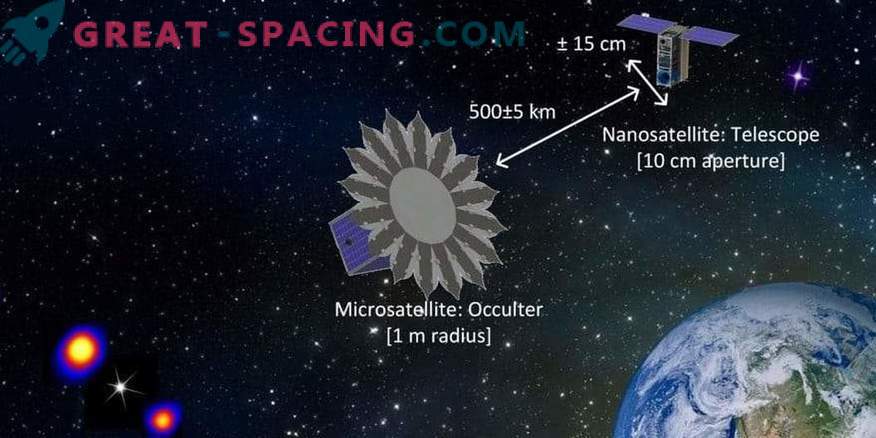
Scientists are developing a system with two mDOT satellites to display objects near stars. Like the moon, one of the ships blocks the starlight
In the process of hunting for exoplanets, we managed to find thousands of alien worlds. Most often they were by chance. The telescope can not see them near distant stars, because they are too bright.
But researchers have found a solution and created an artificial solar eclipse system, where they use two spacecraft. One plays the role of the moon and blocks the light, and the second observes the exoplanets in the shadows.
Indirect detection allows you to calculate the period and distance, but direct reveals the chemical composition and shows signs of biological activity.
Go to the small
The mechanism should be located outside our orbit, so the creators will cost billions of dollars. But in order not to risk, they decided to create a miniature version that will reduce costs. The main goal is to ensure an inexpensive presentation of the functioning of the technology in order to increase the level of interest and trust in the scientific world.
The system consists of three parts: a 3-meter spaceship on a 100-kilogram microsatellite and a telescope with a diameter of 10 cm on a 10-kilogram nanosatellite. The selected installation distance is still 1000 km.
At the start, the spaceship will fold along the sides and will be the size of a dishwasher. The reversal will happen already in orbit. It is interesting that it fully resembles a flower, because it helps the light to diffract around the star shape.
Precise navigation
The created shadow in diameter takes only tens of centimeters, that is, the lateral position of the telescope must be controlled within 15 cm. For the eclipse choose the point farthest from us. It will take several tens of hours to understand that the starlight is functioning properly.
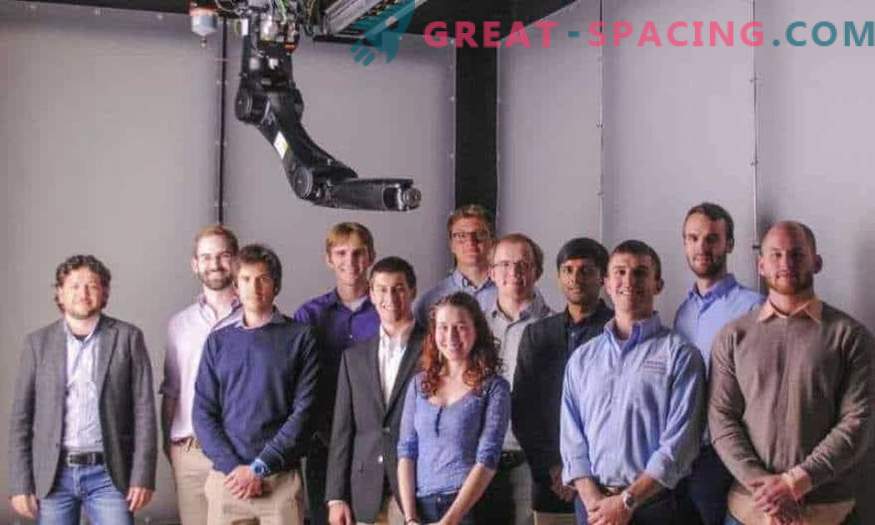
Lab team captured in spring 2016. Located inside the test bench, where they check the movement of spacecraft in high light conditions
The requirements are quite complex, so the system can only work offline. This will eliminate the delay in communication between the satellite and the terrestrial operator.
Technology Demonstration
Earth-like planets are too close to the stars, so the tiny mDOT cannot display them. But objects the size of Jupiter are available to us. Additional missions include GRACE and TanDEM-X, which measure changes in the gravitational field and earth form.
The laboratory also tries to create ships - “swarms”. But before real tests you need to prove their reliability and functionality.


